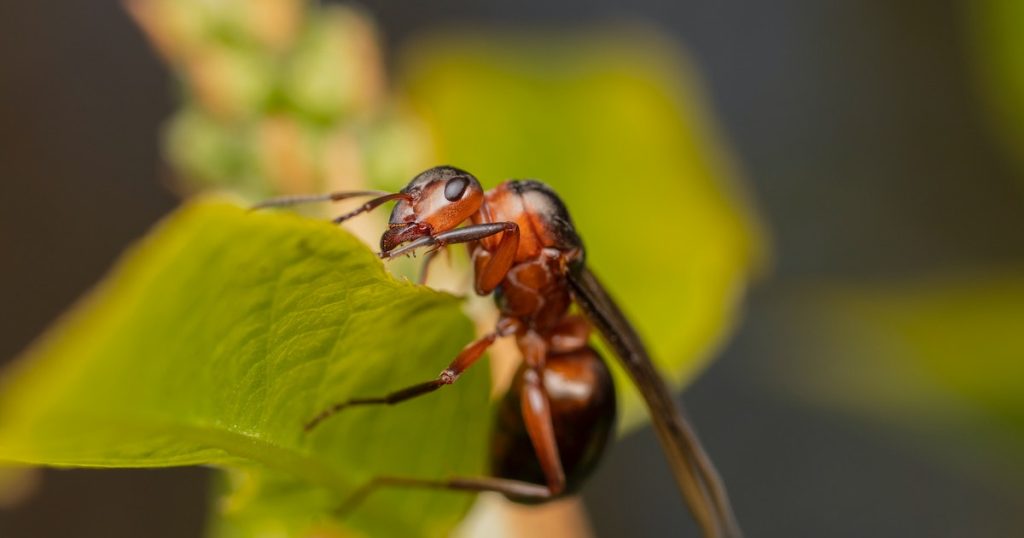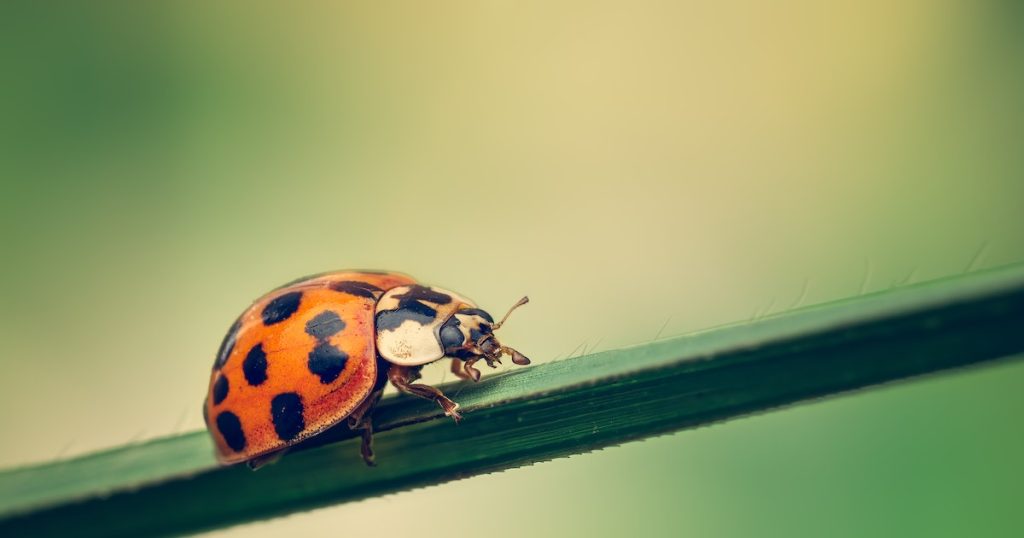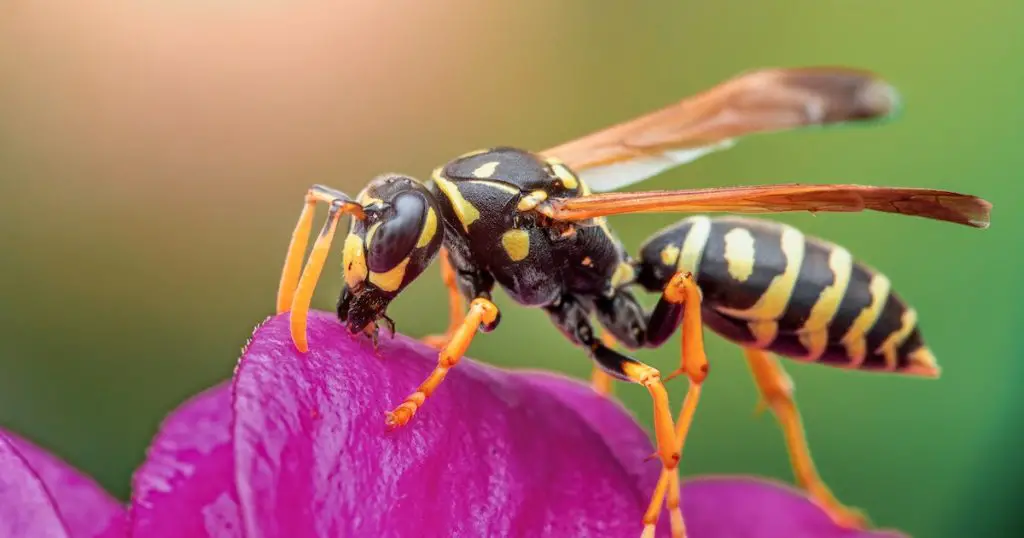Prescott’s diverse flora ecosystem thrives on a balance of beauty, adaptation, and interdependence. Nestled in the heart of Arizona, this region is teeming with plant species that rely on various agents for pollination.

At the forefront of this symbiotic dance are the pollinators. Their significance cannot be overstated, as they directly impact the ecological balance and biodiversity. This article dives deep into the role of pollinators in Prescott’s flora ecosystem, shedding light on the unique relationships they form and the challenges they face.
Understanding Pollination
Pollination is a fundamental natural process where pollen grains from a flower’s male reproductive organ (anther) are transferred to the female reproductive part (stigma) of the same or another flower. This transfer, often facilitated by agents like wind, water, or pollinators, enables the fusion of male and female gametes, leading to the production of seeds.
In many ecosystems, creatures such as bees, butterflies, and birds play a pivotal role in this process. By visiting flowers to feed on nectar or pollen, they inadvertently carry pollen between blossoms, ensuring the continuation of plant species.
This intricate process underscores the deep-seated interdependence within nature, where even the smallest creatures play monumental roles.
What is Pollination?
Pollination is the act of transferring pollen grains from the male anther of a flower to the female stigma. It’s nature’s ingenious way of ensuring genetic diversity and facilitating plant reproduction. A well-established process, pollination is integral to the production of fruits, seeds, and subsequent generations of plants.
Assisted and natural pollination differ in their methods. Natural pollination relies on agents like wind, water, and animals, while assisted pollination often involves human intervention, such as hand pollination in agricultural settings.
Main Types of Pollinators
Prescott’s flora ecosystem benefits from a range of pollinators. Their variety ensures that numerous plants have the best chance at reproducing.
Insects play a vital role. From bees buzzing from one flower to another to beetles crawling in search of nectar, these tiny creatures are essential. Research indicates that over 75% of the world’s flowering plants depend on insect pollinators.
Birds, especially hummingbirds, are also crucial pollinators. Their long beaks and tongues allow them to access deep-set nectar, collecting pollen on their heads and transferring it to the next bloom.
Mammals might not be the first creatures that come to mind when thinking of pollinators, but bats and some rodents play their part too. Night-blooming plants, in particular, rely on these nocturnal visitors.
Lastly, wind also acts as a natural pollinator. Certain plants release pollen into the air, depending on the wind to carry it to the next bloom.
The Symbiotic Relationship

The symbiotic relationship between pollinators and plants is a captivating dance of nature, from which both parties benefit. Plants rely on pollinators to reproduce, ensuring their species’ continuity. In return, pollinators receive nourishment, often in the form of nectar or pollen.
This mutualistic interaction has evolved over millennia, with certain plants developing specific attributes to attract their preferred pollinators, be it a particular scent, color, or shape. Similarly, many pollinators have evolved traits to efficiently extract these rewards from the plants.
This intricate bond ensures not only the survival of individual species but also the flourishing of entire ecosystems, underlining the profound interconnectedness of life.
How Plants Attract Pollinators
Flowers have evolved various tricks to ensure they get noticed by their respective pollinators. One of the most apparent methods is their vivid colors and patterns. For example, flowers pollinated by bees often sport bright white, yellow, or blue colors, as bees can see these hues clearly.
Another method involves the fragrances and scents emitted by flowers. These aromatic compounds can be irresistible to specific pollinators. For example, some flowers emit a rotting smell to attract carrion beetles.
Lastly, the promise of nectar and rewards seals the deal. Nectar, a sugary fluid, provides pollinators with the energy they need. Some plants even offer shelter or a place to lay eggs as an added incentive.
Benefits to Pollinators
While it’s clear how plants benefit from pollination, pollinators gain several advantages too. Nutritional gains from consuming nectar or pollen are primary among them. For example, honeybees convert nectar into honey, which feeds their colony.
Shelter and nesting sites provided by certain plants help pollinators safeguard their offspring. Some orchids, for instance, offer shelter to their pollinating bees.
Moreover, pollinating often aids in mating opportunities. Certain male moths, for instance, collect floral compounds from the plants they pollinate to attract females.
Key Pollinators in Prescott’s Flora Ecosystem
Prescott’s flora ecosystem boasts a diverse array of pollinators, each playing a pivotal role in sustaining the local environment. Bees, with their unparalleled pollen-carrying capabilities, often take center stage, ensuring the reproduction of a multitude of plants.
Butterflies, with their delicate wings, flit from flower to flower, facilitating pollination with elegance. Hummingbirds, with their rapid wingbeats, extract nectar while simultaneously transferring pollen.
The unsung heroes, like bats and moths, emerge in the twilight hours, pollinating night-blooming plants. Each of these creatures, in their unique ways, contributes profoundly to the lush and balanced flora of Prescott.
Honeybees: Nature’s Premier Pollinators
Honeybees are perhaps the most recognized pollinators and for a good reason. Their structured colonies, communication methods, and unyielding work ethic make them exceptional agents of pollination. In Prescott, they play a pivotal role in pollinating a variety of local plants.
Behavior and Characteristics of honeybees are truly fascinating. Employing a unique ‘waggle dance’, worker bees communicate the location of rich nectar sources to their hive mates. This coordinated approach ensures that flowers receive a steady stream of these industrious pollinators.
Their role in Prescott is expansive. From pollinating backyard gardens to ensuring fruit orchards bear fruit, honeybees are indispensable.
Hummingbirds: The High-Speed Pollinators
With their rapid wingbeats and iridescent feathers, hummingbirds are a delight to observe. But, more than their beauty, their contribution as pollinators is vital to Prescott’s flora.
Unique Adaptations allow hummingbirds to access nectar. Their hovering ability, combined with their specialized beaks, makes them perfectly suited for deep, tubular flowers.
The flowers they favor are typically brightly colored, especially red, and produce abundant nectar. In return, these blooms get pollinated as pollen adheres to the bird’s head and neck, transferring to the next flower visited.

Butterflies and Moths: Delicate Dancers
Fluttering from bloom to bloom, butterflies add beauty to Prescott’s gardens. Moths, their nocturnal counterparts, are equally crucial.
Differences and Similarities between these two are intriguing. While butterflies are diurnal and moths nocturnal, both share the same pollination technique. Their long proboscises allow them to sip nectar, in the process collecting pollen.
Plants they frequent typically have flat petals, providing a platform for these insects to land. Many of these plants also emit a strong scent, especially those pollinated by moths, as scent plays a pivotal role in nighttime pollination.
Lesser-known Pollinators
Beetles and Ants might not be the poster children for pollination, but they play their part. Beetles, especially, have been pollinating flowers for millions of years, even before bees made an appearance. Recent studies show that ancient beetles were pollinating cycads long before modern flowering plants emerged.
Bats and Small Mammals, too, have their favorites among plants. Night-blooming, fragrant flowers typically attract bats, while some small mammals, like certain rodents, are lured by ground-level blooms or fruits.
Challenges Facing Pollinators
Pollinators, the unsung heroes of our ecosystems, face a myriad of challenges threatening their existence. From habitat loss due to rampant urban development to the detrimental effects of pesticides, their survival landscapes are becoming increasingly hostile.
Additionally, climate change introduces a slew of complications, altering blooming cycles and potentially causing mismatches between plants and their respective pollinators. Furthermore, barriers like light and noise pollution disrupt the natural behaviors of nocturnal pollinators.
Addressing these issues is paramount to ensuring the health of our environment and the continued prosperity of the flora that depends on these diligent workers.
Environmental Concerns
Pesticides and Chemicals pose a significant threat to pollinators. These chemicals, meant to protect crops, often end up harming beneficial insects. Evidence shows that certain pesticides can disrupt the navigational abilities of bees, leading them astray from their hives
Habitat Loss is another pressing concern. As wild spaces get converted to urban areas, many pollinators find their habitats shrinking. Meadows, woodlands, and grasslands – natural homes for many pollinators – are being lost at an alarming rate.
Climate Change also has an indirect but profound impact. As temperatures rise, the natural habitats and the flowering times of many plants change, potentially leading to mismatches between plants and their pollinators.
Human-made Barriers
Urban Development plays a double-edged role. While it’s vital for societal progress, unchecked expansion often eats into natural habitats. Green spaces in urban areas are not always adequate to support the diverse pollinator population of Prescott.
Light and Noise Pollution might seem unrelated, but they have adverse effects on pollinators, particularly nocturnal ones like bats and moths. Disoriented by artificial lights, these creatures often find it challenging to navigate and locate flowers.
Protecting and Encouraging Pollinators
The vitality of pollinators in maintaining ecological balance is undeniable. To protect and encourage these invaluable agents, it’s crucial to adopt sustainable practices both in our gardens and broader landscapes. This entails planting native, pollinator-friendly flora, steering clear of harmful chemicals, and fostering habitats that provide shelter and sustenance.

Furthermore, community-driven initiatives like conserving natural spaces and launching educational outreach can amplify the impact. Together, these efforts can ensure a thriving environment where pollinators flourish and continue their essential work.
Best Practices in Gardening and Farming
Adopting pollinator-friendly gardening practices can go a long way. This means planting native flowers that provide nectar and pollen, ensuring a year-round food source.
Avoiding Harmful Chemicals is paramount. Organic gardening and farming practices that shun synthetic pesticides can make a garden or farm a haven for pollinators.
Planting Pollinator-friendly Plants not only help pollinators but also benefit the garden. Some examples include:
- Coneflowers
- Lavender
- Sunflowers
- Milkweed
Community Initiatives
Preservation of Natural Habitats should be a community goal. Local groups can rally to protect natural spaces, ensuring they remain untouched and serve as sanctuaries for pollinators.
Educational Programs raise awareness about the importance of pollinators. Schools, community centers, and local nature groups can offer workshops and programs that emphasize the role of pollinators in our ecosystem.
FAQs: The Role of Pollinators In Prescott’s Flora Ecosystem
Why are bees considered the best pollinators?
Bees are often dubbed superior pollinators due to their body structure, behavior, and sheer numbers. Their fuzzy bodies trap pollen efficiently, and their methodical flower-visiting habits ensure effective pollen transfer.
How can an average homeowner support pollinators?
Homeowners can plant native, pollinator-friendly plants, avoid using harmful chemicals, provide water sources, and create habitats like bee hotels or butterfly gardens.
Are there any plants that are harmful to pollinators?
Yes, certain plants produce toxins that can be harmful to specific pollinators. It’s essential to research and avoid planting such flora in pollinator-friendly gardens.
What can I do if I find an injured pollinator?
Gently place the pollinator in a safe, sheltered spot away from predators. If it’s a common occurrence, consider contacting local wildlife or insect conservation groups for guidance.
Why should we care about lesser-known pollinators?
Every pollinator, irrespective of its popularity, plays a unique role in the ecosystem. Protecting all pollinators ensures a balanced, thriving environment.
Conclusion: The Role of Pollinators In Prescott’s Flora Ecosystem
The role of pollinators in Prescott’s flora ecosystem is intricate and invaluable. While challenges abound, understanding and appreciating their contributions can pave the way for more inclusive conservation efforts.
It’s a collective responsibility to ensure that the delicate dance between Prescott’s plants and their pollinators continues, sustaining the beauty and balance of the region’s natural world.



Leave a Comment
You must be logged in to post a comment.